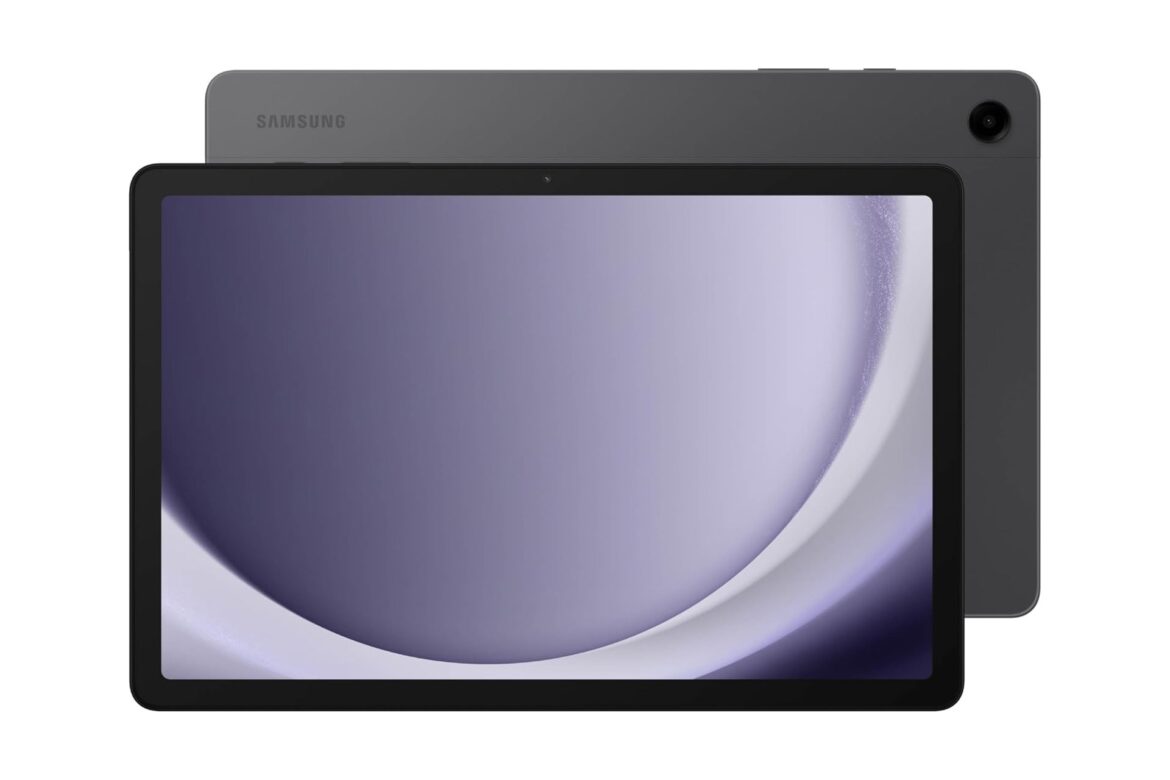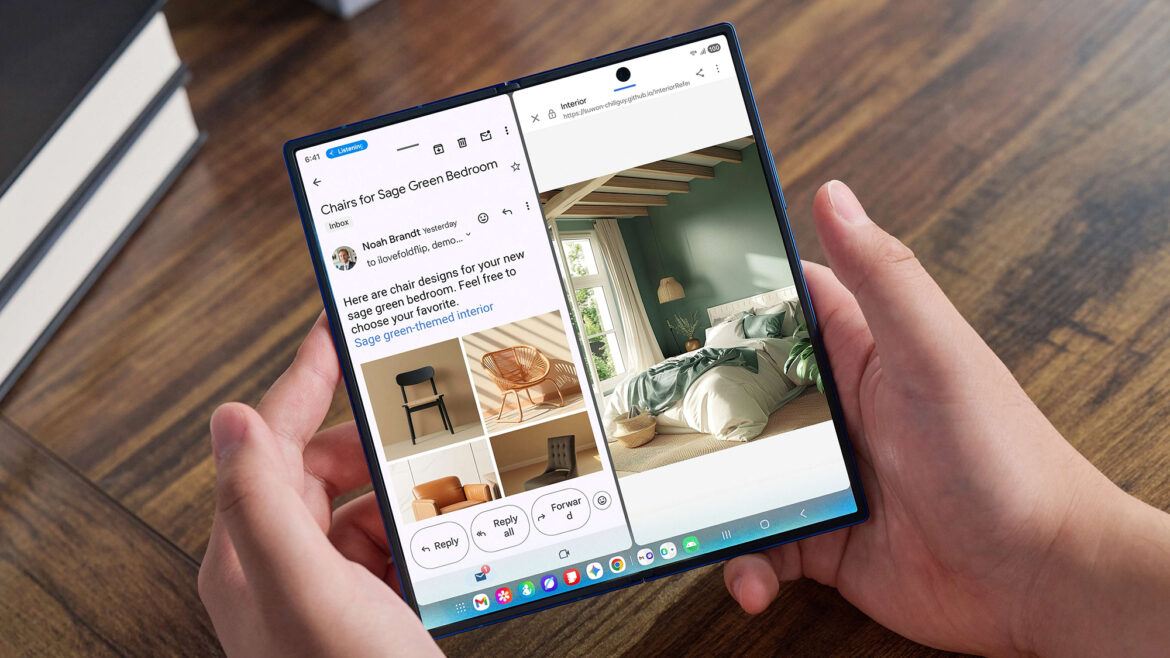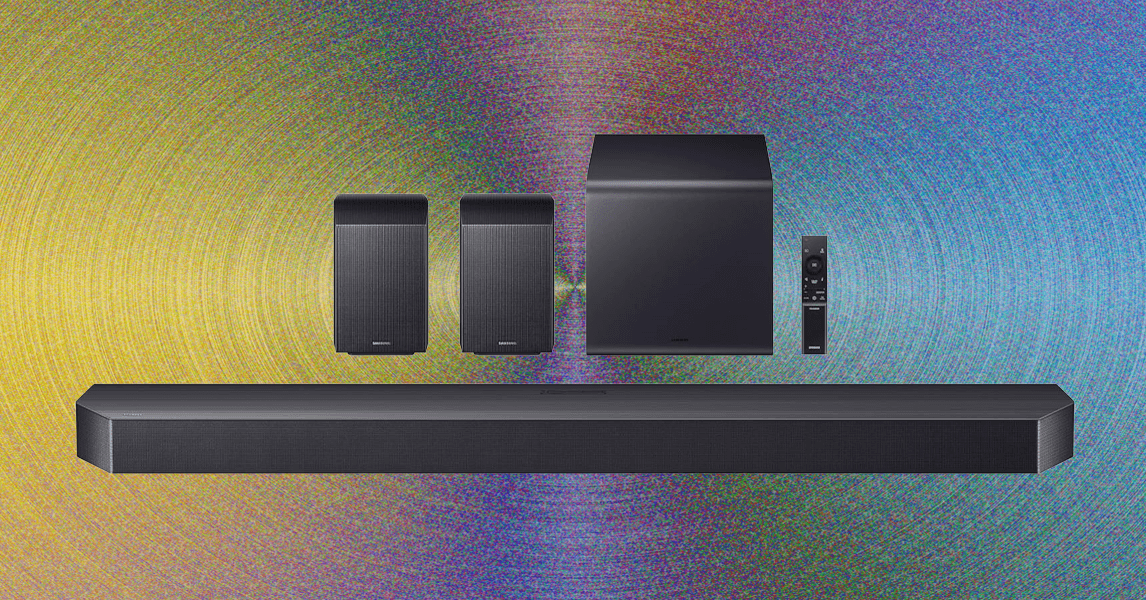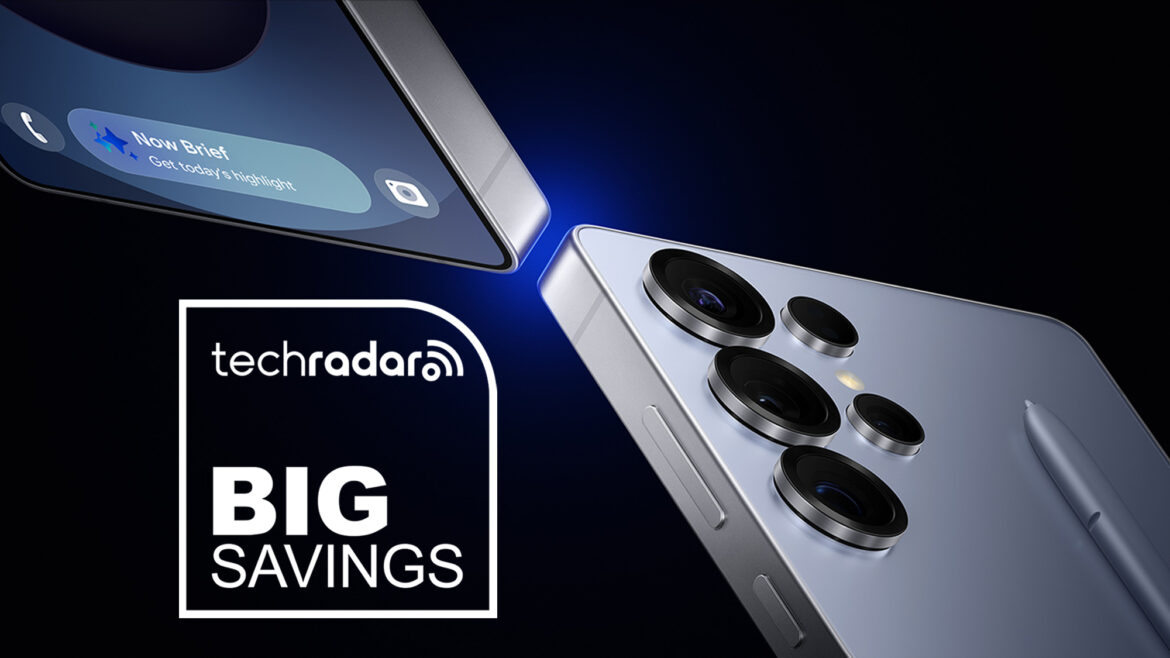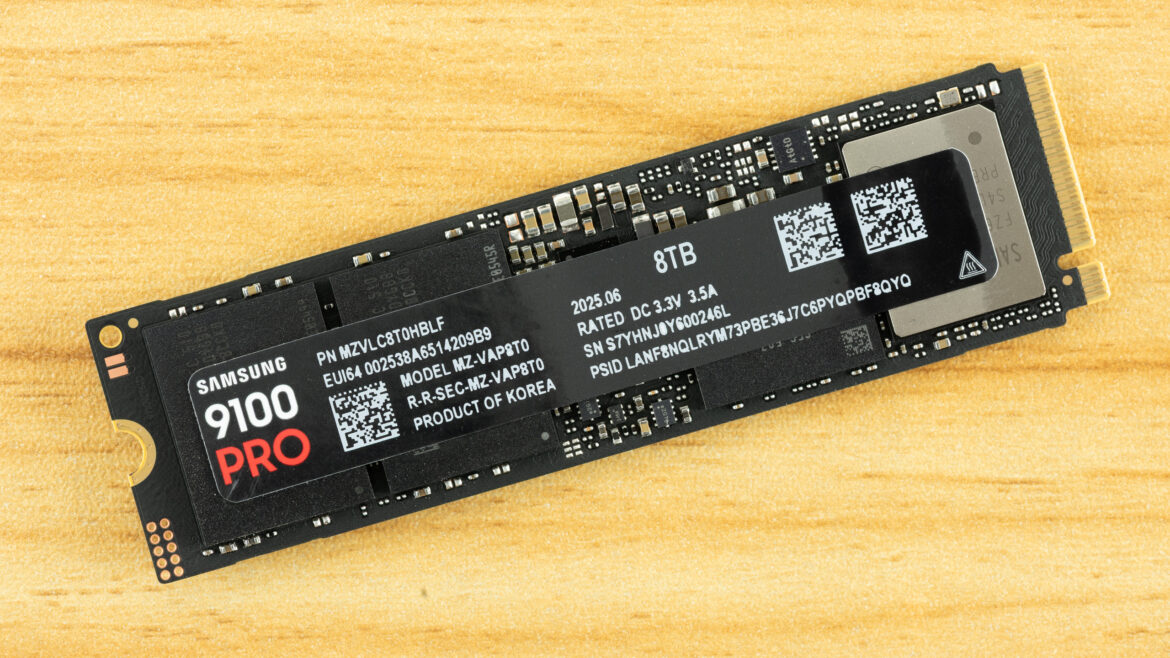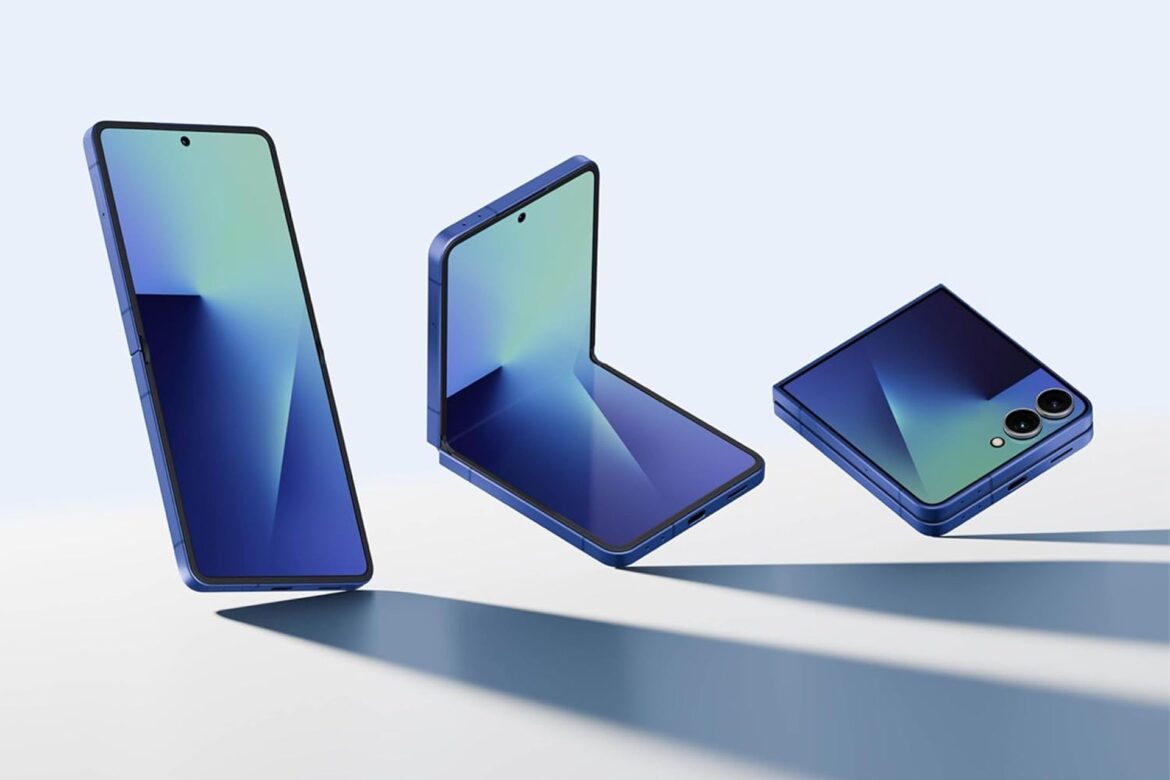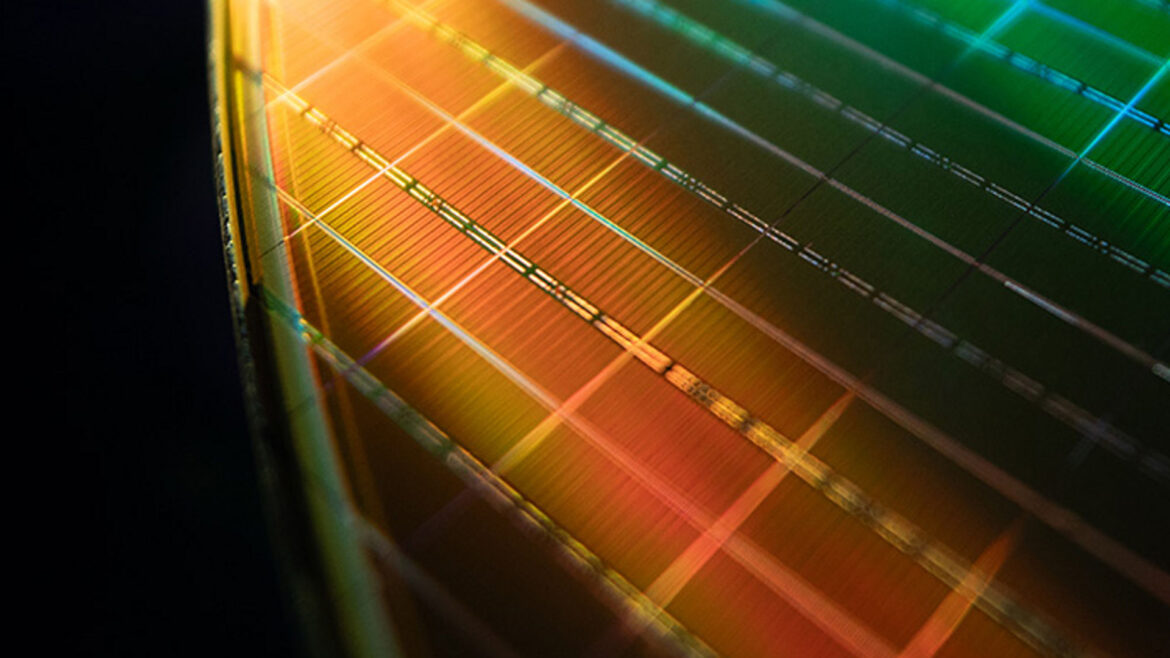If you’ve been perusing for a fancy new tablet, do take note that the Samsung Galaxy Tab A9+ just got its price chopped down over at Amazon. Usually this Samsung tablet starts at $220, but right now you can score the 11-inch Android for just $159. The 28% discount amounts to a savings of $61. That’s for the 64 GB model by the way. Double your storage, and you can still save as the 128 GB model dropped from $270 to just $209. That one is a 23% discount which works also out to you saving $61. Both versions are available in either black or silver.
This 2024 Galaxy tablet has a nice and large 11-inch LCD screen which can display in resolutions of up to 1200p with a refresh rate of 90 Hz. According to the product page, the Galaxy Tab A9+ can deliver a “cinema-like audio experience,” which is, uh, an obvious embellishment. No one is expecting something you can hold in your hands to match that of an AMC theater. What this is really saying is the tablet has Dolby Atmos support. You can expect terrific sound that’s loud and clear as far as tablets go coming from the on-board speakers.
See at Amazon
The build of the Galaxy tablet is slim and light, yet durable —exactly what you’d hope for on a device you’d likely to take with you out and about. Bring it from home to your office, down to a coffee house, then over to a friend’s no problem.
Storage we covered. You have a choice between either 64 GB or 128 GB. The price jump from one to the next is an even $50. If you expect to be downloading a bunch of movies or TV shows or storing tons of photos, you may decide it’s best to splurge. Otherwise if streaming and documents saved to the cloud will be the main way you use it, just stick with the cheaper 64 GB.
Full Flexibility
Android OS is able to run multiple apps at the same time, allowing you to view them side-by-side. This is excellent when multitasking, letting you work more efficiently. You can even view multiple tabs in you web browser next to each other. Transferring files is easy as Quick Share allows you to send stuff to another nearby device with just a couple button presses.
If you have little ones at home, they can enjoy your Samsung Galaxy Tab A9+ as well. The Samsung Kids app is filled with all sorts of playful and colorful content to keep them entertained.
See at Amazon

